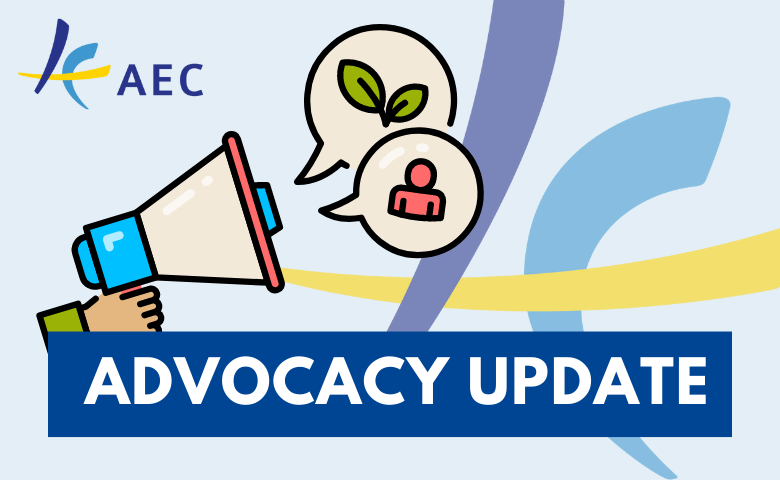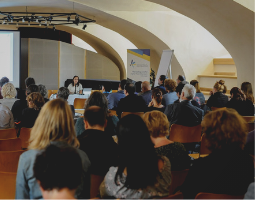On the risks and side-effects of successful advocacy

For several years, AEC has been lobbying vis-à-vis the European institutions, together with partners and in the last years also with the support of some committed members of the European Parliament, to endorse the expansion of the STEM paradigm (standing for Science, Technology, Engineering and Mathematics) to STEAM (including an A standing for Arts). We have reported on these activities on several occasions in the AEC Newsletter (e.g. Dec 2018, Dec 2020, May 2021).
Just as a reminder: Since the 1990s, especially economists and labour market politicians have been launching publicity campaigns to emphasise how crucial and indispensable STEM skills are for young people in order to find a good job and have promising prospects for a lifelong, satisfying career. Ironically, it was a few big players in the car and tech industries who pointed out from around 2010 onwards, that just having good STEM skills isn’t enough to make a long-term, successful career in their fields. What they need in addition to STEM skills are creative skills. And that’s how STEM became STEAM.
The fact that the EU has long struggled to take ownership of this new paradigm may also be due to the fact that the word ‘art’ was not in the EU’s vocabulary. Because up until then, it was always talked about ‘culture’ when art was meant. But in 2020, all of a sudden, the acronym STEAM popped up in a couple of EU documents, including an official communiqué of the European Commission from September 2020 on the intended achievements of the European Education Area by 2025. On page 20 of this policy paper, it states among others that ‘the Commission will help promote the development of new higher education curricula for engineering and ICT based on the STEAM approach.’ In one of the following sentences, it is also mentioned that this might even help to increase the proportion of women among students and academic staff in the highly needed STEM subjects. At the time, we didn’t think anything bad about it.
This only changed when several Horizon calls were launched in November last year to fund research & innovation actions referring to ‘gender-inclusive STEAM education’ as a means to attract young women who have a special interest and/or special skills in the arts to enrol in STEM study programmes. That may be a worthy goal, and there is nothing wrong with it in itself. We were, however, alarmed by the means and narratives that are used here to achieve this goal. It is not a new phenomenon in school and educational policy that artistic subjects and artistic abilities are instrumentalised and exploited for other purposes (‘making music promotes intelligence’ etc.). What is new, however, is that in order to achieve these goals, gender stereotypes are used and reinforced in the worst possible way. Thus, by choosing to reinterpret the STEAM concept almost exclusively as a means to bridge the gender gap within the STEM fields, the original raison d’être of STEAM — its inherent potential to promote creativity and innovation – is undermined.
That’s why a consortium of relevant European networks (ELIA, AEC, CAE, EMC) felt compelled to write an open letter to draw attention to the problem. The letter has very recently been published, and we would be pleased if you support the cause behind it and help to spread the message in your networks.





